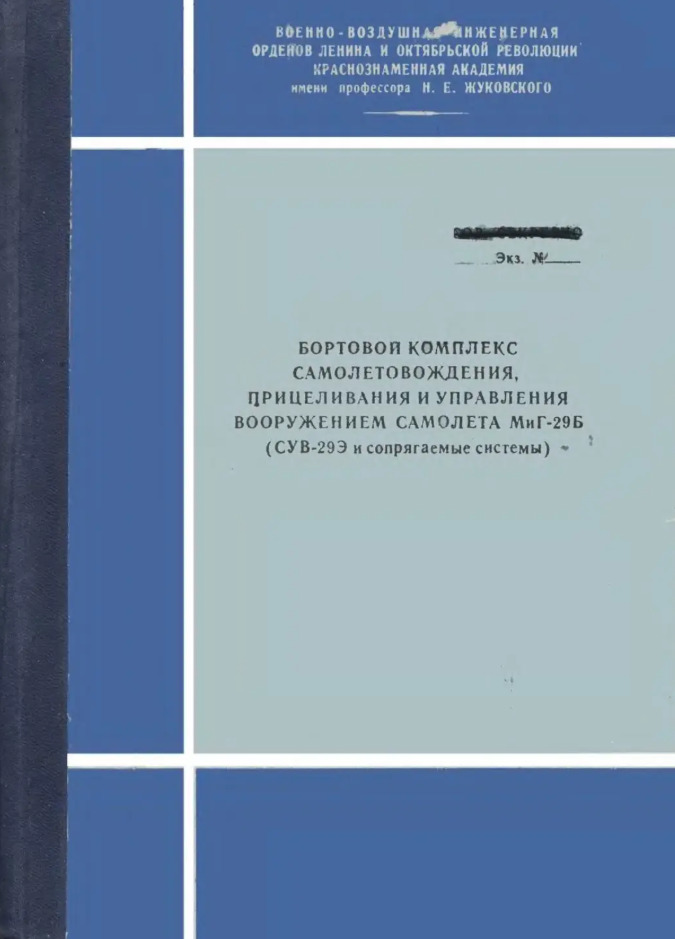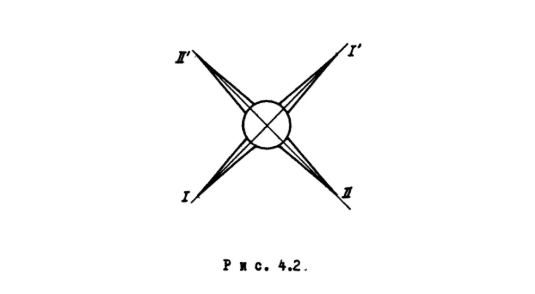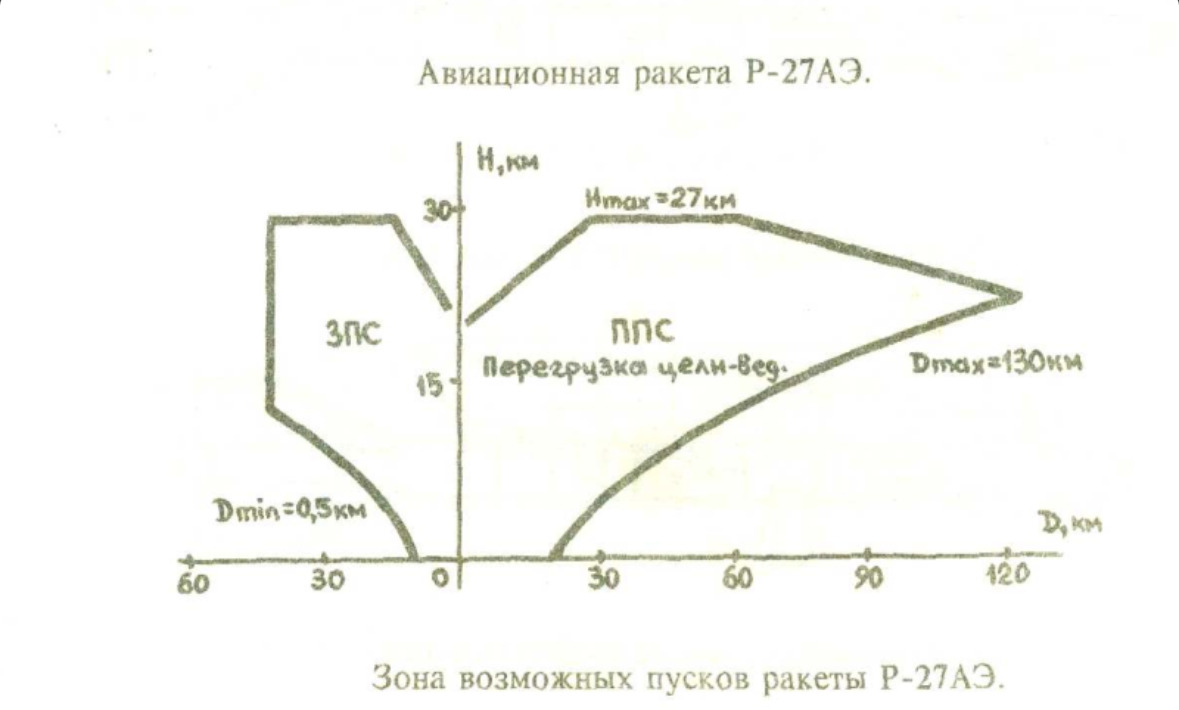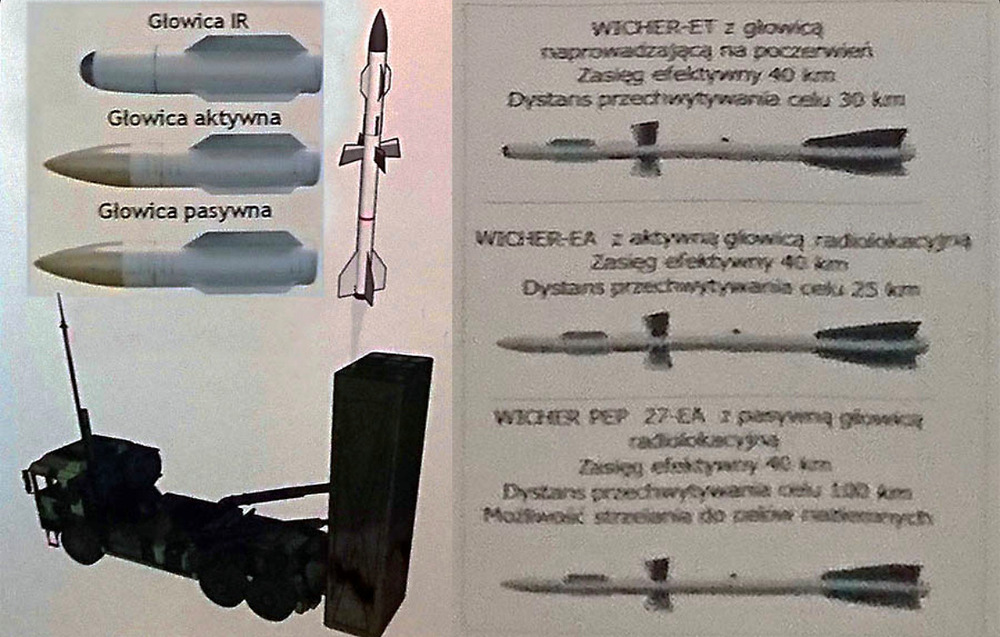It was mentioned in one of the forum posts here, but I cannot find the actual source
If something is time limited in overload, that’s because beyond that load duration the part will fail. If you exceed that load level the part will fail.
You’ll note the GCS spec is giving only a time limited load factor in specific axis, forward flight (6s) and Z axis (15s) but not in Y axis. This is because its describing its overload design limits and not the missiles aerodynamic capabilities, two things that have been heavily conflated in this discussion.
The mere presence of the 35G X Axis 15 second limit is dispositive to the missile having a 35G single plane capability. As it would be far too easy for the missile to exceed that limit in a 35G SP universe. Conversely if the missile was 25G SP and 35G MP, the missile would spend barely any time at peak maximum overload, as such that 15s limit isn’t so limiting.
Also I should say, I’m not arguing that the R-27 cannot achieve 35G or that it should or shouldn’t be 35G in game. I think they should model SP/MP and the R-27 should achieve 35G but in a MP turn.
Good that you mention it.
Why does a 35G limit on a guidance unit imply that it would be forced to utilize maximum AoA and turn in dual plane? The AIM-54 or HAWK are great examples where the missiles are artificially limited in maneuverability to ensure structural stability and those basic guidance systems heavily predate the R-27’s more advanced one. The R-23 and R-24 are also substantially underperforming in the game, as is the R-27R/ER.
In fact, so is the HAWK or AIM-54. All of these missiles have substantially better turn radius and overload at much lower speeds whereas in-game they only peak at their maximum turn rate and G load once they’ve hit “top speed” for a given altitude while the motor is still thrusting and very briefly after.
I would like to elaborate further - the HAWK can pull 20G’s in single OR dual plane, that is the G limit. If it was limited to 20G only in single plane they would not have made this distinction in the documentation.
@Gunjob looks like r-27 is indeed dual plane, from what i understand, maybe translate is getting it wrong but i think it’s dual plane now.
from
Бортовой комплекс самолетовождения, прицеливания и управления вооружением самолета МиГ-29Б (СУВ-29Б и сопрягаемые системы)
Spoiler

Chapter 4, “Методы наведения ракет Р-27Р1”
Equation (4.1) defines two independent control loop equations.
I think that: the missile computes the difference between commanded and actual overloads separately for plane I and plane II

Equation (4.2) then shows how the commanded lateral accelerations are calculated from angular-rate and closing speed again separately for I (pitch) and II (yaw)

Figure 4.2 on p. 201 shows four symmetric control lobes labeled I / I′ and II / II′, representing the two orthogonal control axes.

I think the guidance law and the diagrams split guidance variables into I and II components and compute commands for each.
@_Fantom2451 was this interpreted right
The ability to maneuver in both single and multi plane is present, simply watch it being launched just as with the AIM-54. They pitch in “X” configuration upwards towards targets off the rail.
Of course having the capability to maneuver in X & + configuration as needed is a bonus, just like with HAWK, AIM-9, AIM-54, or practically any other missile. This is not such a big deal irl.
so r27 had dual plane G values till now? damn, so that should also mean r24 should pull less g? what about magic 2 with dual plane? i swear it pulls like 50g even tho the statcard says like 35g, how much will it pull with dual plane, like 70g?
I don’t see why this would apply to the r24.
Granted I haven’t actually looked at the r24 manual but r27 is a completely new set of fins and such.
It’s actually modelled off the magic 1 maneuverability. Ik, insane. There’s a chart floating out there that corresponds g pull to speed, I bet @DirectSupport can post it in here if you want to see it. Magic 2 should actually be much more maneuverable than what it is rn which is ridiculous.
Rn magic 1 and 2 have same maneuverability.
@MythicPi what you think, think it’s worth writing up a report for this? I don’t think it’s exactly fair that the r27 gets to have its dual plane modeled when so many other missiles would benefit from it (especially the hawk/fakour 90 on the Iranian tomcats)
Pretty sure gaijin will just say something like “this proves the R-27 always operates in dual plane, so we will not change its modelling in-game” and slap it with a fat “Not a Bug”, but its worth a shot anyways imo.
Still not sure why gaijin refuses to give missiles their max dual plane maneuverability in-game tbh. Seems really silly imo, but thats just another chapter in the book of dumb that is gaijins modelling decisions.
That’s not what was said, the case has been made that it has a 35G limit in single AND dual plane. Just like the HAWK can do 20G single AND dual plane.
The limit is lower than the potential maximum overload, so it is a structural issue limited by guidance logic.
On a side note, the R-23 and R-24 are severely underperforming in low speed maneuverability and turn radius.
But the Aim-54 can’t get 25G because dual plane isn’t modeled… Right? Right?!
It’s like the hawk where it can pull 35gs dual or single plane, because each plane itself is capable of pulling 35gs, but the missile itself maneuvers dual plane.
Like the commands are being sent in dual plane but each axis itself is capable of pulling 35gs anyways so it doesn’t matter for wt, which is why i didn’t make the report.
Yeah they still won’t do anything about that lol
27AE? the ARH model?
yes

